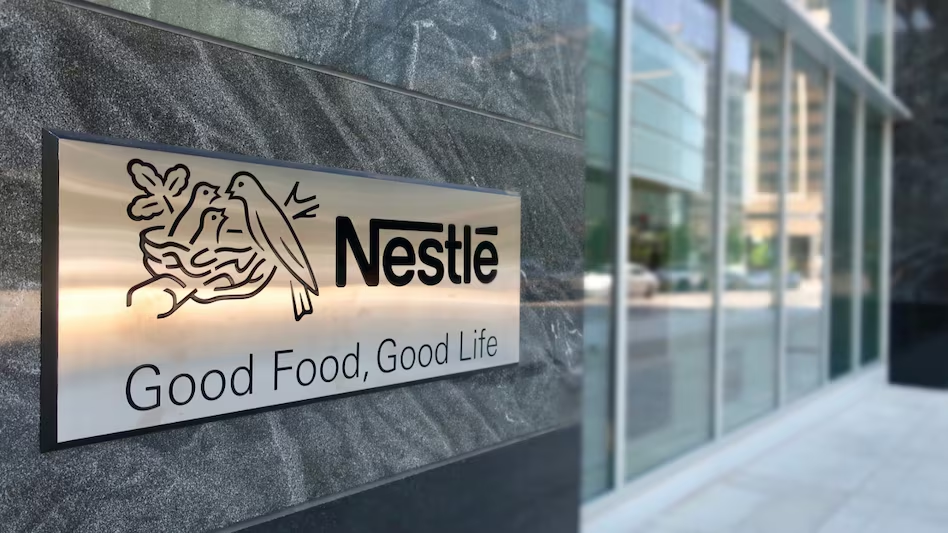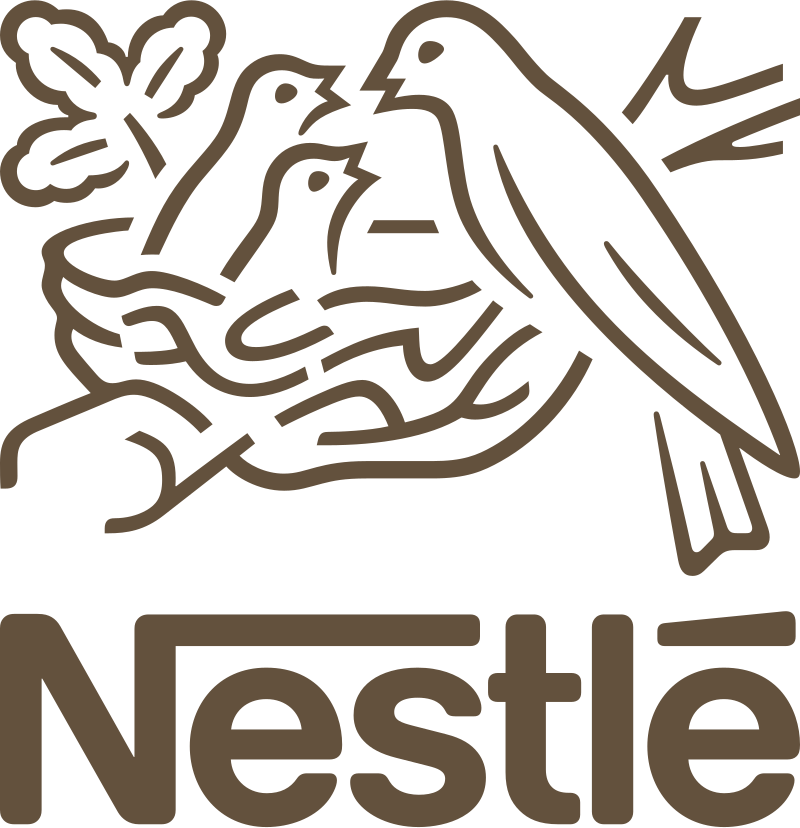How Nestlé modernised its wastewater monitoring system
The global F&B conglomerate leveraged TSC for its wastewater monitoring.


Industry: Food and Beverage (F&B)
Company size: 200+ employees
TSC Solution used: TSC Enviro
Key Use Cases
- Data Management
- Environmental mapping as a brand commitment
- Continuous feeding data into Central Pollution Control Board
- Seamless Data Integration
200+ Manual hours saved
5x Reduction in redundancy
A smarter approach to wastewater monitoring at Nestlé
As a global leader in the food and beverage industry since 1886, Nestlé is committed to maintaining high standards of environmental responsibility. To further its vision, Nestlé has implemented a range of innovative solutions and partnerships, such as investing in renewable energy projects, monitoring and evaluating waste production and implementing sustainable technology. In India, the conglomerate’s Manesar and Panipat plants play a crucial role in ensuring sustainable operations. However, upholding these standards isn’t just about sustainable practices—it also requires accurate monitoring and transparent reporting.
In 2013, an analysis revealed that an average F&B plant uses about 190 million m3 of water annually. Water management is a crucial component when it comes to such plants, managing wastewater discharge is challenging due to strict regulations set by the Central Pollution Control Board (CPCB). The existing process was manual, where staff recorded discharge levels daily, calculated averages, and updated spreadsheets. This labour-intensive method was prone to errors and inconsistencies.
Since the CPCB requires real-time monitoring and annual compliance reports, any data inaccuracies could disrupt operations and impact Nestlé’s commitment to sustainability. To overcome this, Nestlé needed an automated solution to streamline wastewater data management and ensure compliance.
Switching from Manual to Smart Wastewater Management
Nestlé has always been at the forefront in modernising their supply chain systems, with modernised technology, the global brand has always ensured quality and efficiency across the product lifecycle. They wanted to introduce these modernised systems and tech to their sustainability efforts too, at Manesar and Panipat plants. Traditionally, the staff manually recorded wastewater discharge levels, calculated averages, and updated their spreadsheets. This method was time-consuming and prone to errors, making it difficult to maintain consistent reporting and meet the Central Pollution Control Board (CPCB) regulations. The mistake-prone method does sound cost-efficient in the short run, but can attract fines and penalties if discrepancies emerge.
To address these challenges, Nestlé integrated TSC Enviro to automate wastewater monitoring and streamline compliance. The system digitised data collection from the inlet and outlet points of the Effluent Treatment Plant (ETP), feeding continuous, real-time data into a centralised cloud-based dashboard, and sending data to the board, ensuring compliance with the Govt. Standards complemented with data analysis. This shift not only eliminated manual errors but also empowered the team with real-time insights, enabling stronger compliance and a more sustainable operation.
Addressing common human errors
Manual wastewater monitoring often led to inconsistencies and potential compliance gaps, posing risks to Nestlé’s business and environmental commitments. Some of the most common mistakes can lead to bigger issues. Such shifts can cause missed entries, especially during peak operational hours, which can result in data gaps, compromising trend analysis and triggering non-compliance flags during audits. Another lapse while manually entering is a transcription error. Technicians often copy values from handwritten logbooks into spreadsheets, where even a small typo like recording 450 mg/L instead of 405 mg/L can skew averages and hide real issues. Similarly, averaging inlet and outlet values manually, especially for sensitive parameters like pH, can lead to rounding errors, which can lead to dangerous shifts in treatment performance. Units can face scrutiny after their internal records failed to reflect a pH deviation caught by CPCB sensors.
TSC Enviro addressed these issues by automating data capture, eliminating manual errors, and ensuring accurate, real-time monitoring of wastewater discharge, also leading to efficient personnel management. The platform’s intelligent analytics and reporting tools simplified the submission of regulatory data, making compliance effortless and integrated into the company’s existing databases seamlessly. This automation not only saved time but also maintained consistent data quality, significantly reducing operational risk.
Nestlé was looking to have an environmental data management system that could enable us to have continuous data management and insights for our water discharges and direct emissions, we have always been strong in compliance with local environmental regulators but continuous data feeding to online portal is an important aspect for which we were looking for suitable solution to be adopted. We also wanted the solution to be able to seamlessly fit into our existing pollution measurement analysers while enabling the above benefits.
“The Sustainability Cloud easily integrated with our environment data coming from various systems within our plant and enabled us to centrally manage our environmental footprint. Through direct integration with regulatory platforms, we have also gained peace of mind when it comes to managing our environmental compliance and this keeps our Sustainability team always in good spirits! I would strongly recommend the platform to any company looking to manage environmental footprint.”
Ishant Chawla
Senior Manager Engineering Nestle India Limited
Using technology for long-term sustainability
With TSC’s Enviro, Nestle leveraged cutting-edge technology to understand and automate data management and monitoring systems for wastewater discharges. This also helped them gain a competitive edge in the compliance landscape because of TSC Enviro’s capability of feeding data records directly into the Pollution Control Board’s dashboards. By transitioning to an automated system, Nestlé laid the groundwork for future-ready operations and is now better equipped to align with evolving CPCB norms. But beyond regulatory ease, this digital transformation also reflects a larger strategic shift, where technology becomes a key enabler of long-term sustainability goals. As the world transitions towards more data-driven environmental accountability, sustainable and strategic investments in digital infrastructure showcase how large enterprises can further their climate commitments, coupled with organisational efficiency. This shift not only promotes compliance but also strengthens the foundation for science-based targets, environmental stewardship, and transparent ESG disclosures.
